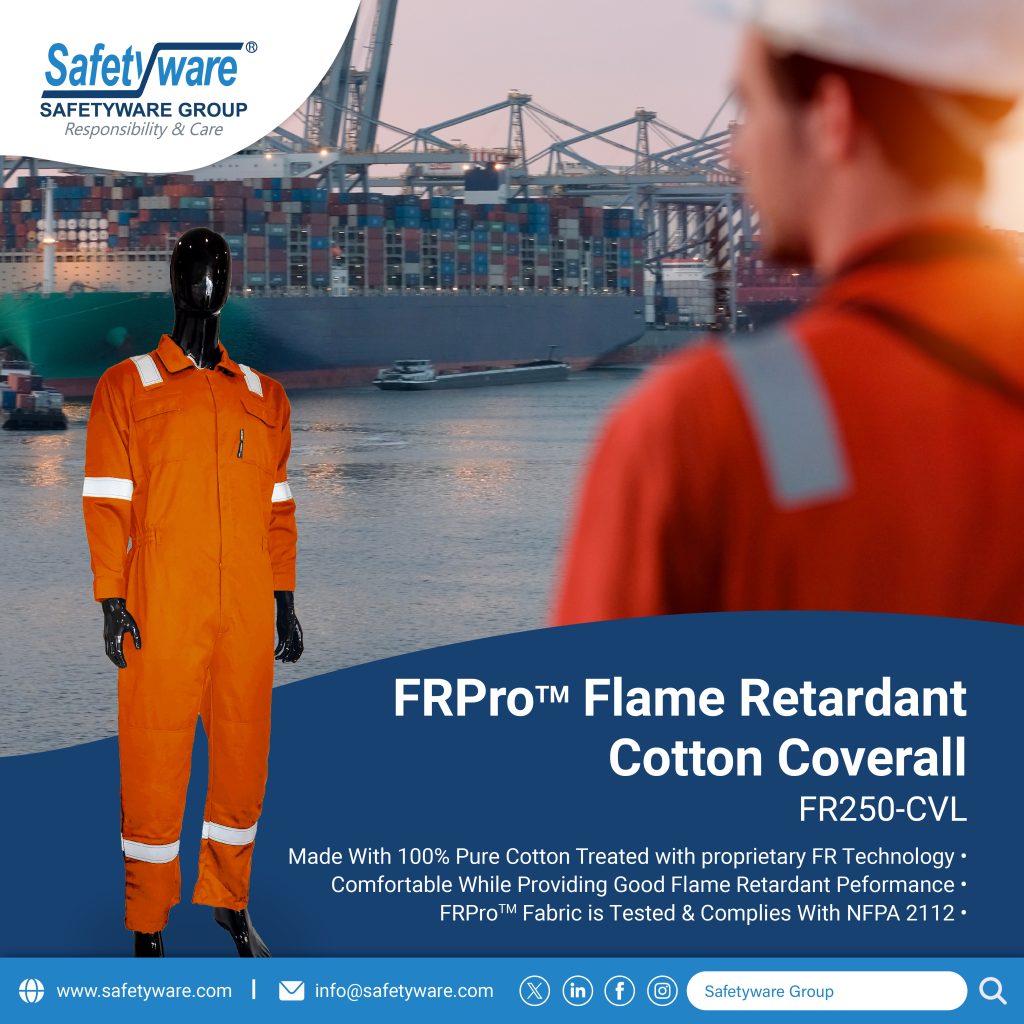Flame-resistant (FR) apparel is designed to protect workers from the hazards of flash fires, electric arcs, and other thermal exposures in industries where fire risks are present. Here is an overview of flame-resistant apparel and its importance in ensuring worker safety:

**1. Understanding Flame-Resistant Apparel:
Flame-resistant clothing is made from materials that are inherently flame-resistant or treated with flame-retardant chemicals. These garments are designed to self-extinguish when exposed to flames, reducing the risk of burns and injuries.
2. Key Features of Flame-Resistant Apparel:
- Material: Common materials used in FR apparel include aramid fibers (such as Nomex and Kevlar), modacrylic, and flame-retardant treated cotton.
- Protection: FR clothing provides protection against thermal hazards, including heat, flames, and arc flashes.
- Durability: FR garments are designed to withstand multiple washings and maintain their flame-resistant properties over time.
- Comfort: Manufacturers prioritize comfort in FR apparel by incorporating features like moisture-wicking fabrics, breathability, and ergonomic designs.
3. Industries Requiring Flame-Resistant Apparel:
- Oil and Gas: Workers in the oil and gas industry are exposed to flammable materials and high-heat environments, making FR clothing essential for their safety.
- Electric Utilities: Employees working with electrical equipment face the risk of arc flashes, necessitating the use of FR apparel to protect against thermal injuries.
- Welding and Metal Fabrication: Welders and metalworkers are exposed to sparks and molten metal, making FR clothing crucial for preventing burns.
- Chemical Processing: Workers in chemical plants face the risk of chemical fires and explosions, requiring FR apparel to protect against thermal hazards.
4. Benefits of Flame-Resistant Apparel:
- Protection: FR clothing reduces the risk of burns and injuries in the event of a flash fire or arc flash incident.
- Compliance: Many industries have regulations mandating the use of FR apparel to ensure worker safety and compliance with safety standards.
- Peace of Mind: Wearing FR clothing gives workers peace of mind knowing they are protected in hazardous environments.
- Longevity: High-quality FR garments are durable and long-lasting, providing reliable protection over time.
5. Choosing Flame-Resistant Apparel:
When selecting FR clothing, consider factors such as the level of protection required, comfort, fit, durability, and compliance with industry standards. It’s essential to choose garments that meet the specific safety needs of the work environment.
In conclusion, flame-resistant apparel is a critical component of personal protective equipment in industries where workers are exposed to fire and thermal hazards. By providing effective protection against heat and flames, FR clothing helps safeguard workers’ well-being and ensures a safer work environment.
